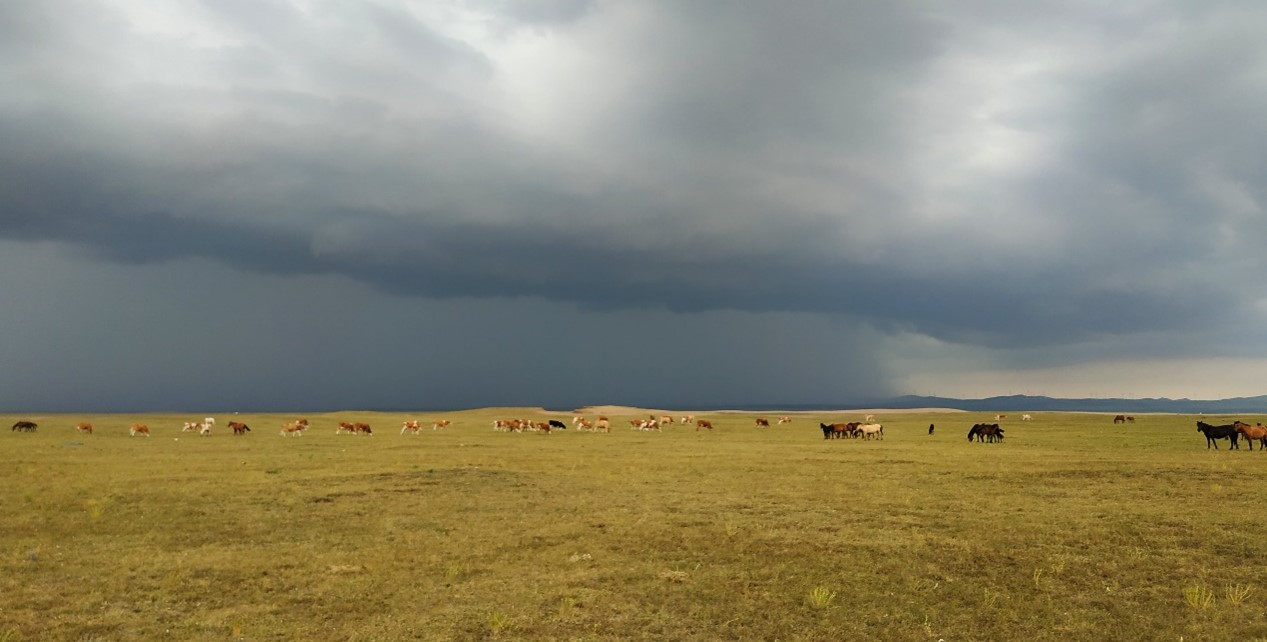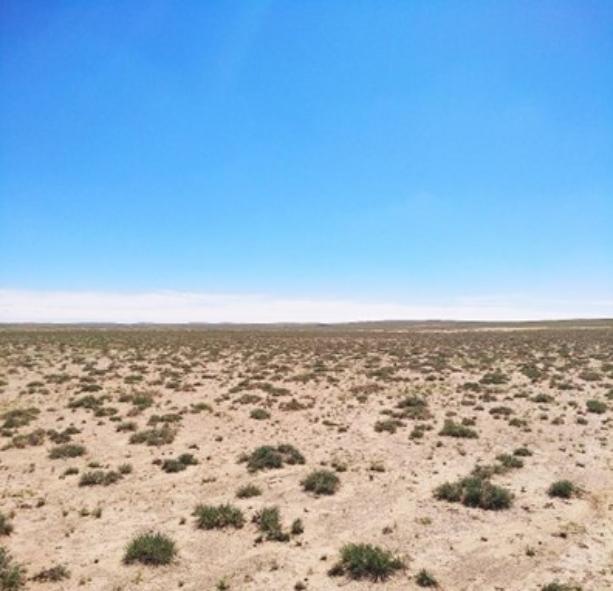New research paper published in Nature Sustainability co-authored by YESI Director Prof Lindsay Stringer
Climate-driven ecological thresholds in China’s drylands modulated by grazing

Summary
- Dryland ecosystems can undergo abrupt disproportionate decreases in productivity, soil fertility and plant richness that affect the benefits these systems provide to people. If these changes aren’t carefully managed, it can result in ecosystem degradation and undermine progress towards the Sustainable Development Goals.
- Scientists developed a new model to look at the joint effects of two of the major drivers that affect the structure and functioning of drylands: aridity and grazing. In previous work these have often been considered separately.
- The joined-up approach taken in the research showed that ecological thresholds were amplified by the two drivers working together. This has important implications because it means that increases in grazing pressure make drylands more prone to suffer abrupt shifts in their structure and functioning. Reducing grazing pressure, for example, by 24±38 livestock units per km2 in 53.4% of drier environments, could be an effective measure to reduce the risk of land degradation and desertification in China’s drylands.
- The research team say the findings provide novel insights into the relationship between aridity and optimal grazing pressure that falls within ‘safe operating spaces’ for grazing. While the research used data from Chinese drylands, the approach taken provides a useful way to identify such safe operating spaces at regional or global scales where data is available.

Credit: Changjia Li, picture taken in the arid areas of Inner Mongolia, China
Drylands cover about 45% of Earth's land surface and are home to about 40% of the world’s population. Livestock grazing is a major land use in about 65% of global drylands. Healthy rangelands play an important role in maintaining a sustainable environment and economy, as well as being a key source of livelihood for people across the world. Climate change however, is making many of these areas drier (more arid).
Dryland ecosystems are sensitive and there are thresholds, or points at which abrupt changes can occur that damage the structure and functioning of the system. These changes can cause the environment to become degraded and livelihoods to be undermined, overall reducing progress towards the Sustainable Development Goals.
Scientists know that as aridity changes, the thresholds can change. However, important new research has delivered a step-change in understanding how drying and grazing interact to determine these thresholds.
“Grazing modulates climate-driven ecological thresholds in China’s drylands”, according to researchers from the Beijing Normal University in collaboration with Professor Lindsay C Stringer, University of York UK, and colleagues in Spain, Germany and Austria. Their findings were published this week in the journal Nature Sustainability.
“Understanding how ecosystem structure and functioning change in response to joint changes in aridity and grazing pressure is important to help us identify how much grazing drylands can support, that is, the kind of ‘safe operating space’ for grazing, before the landscape starts to be damaged under specific aridity levels. This information is particularly relevant to guide the management of grazing across drylands worldwide”, says Changjia Li, lead author of the study and a researcher at the Beijing Normal University.
 Li et al. assessed how 20 structural and functional ecosystem attributes respond to joint changes in aridity and grazing pressure across China´s drylands. “Chinese drylands were the focus as they cover one of the largest dryland areas (6.6 million km2) in the world, which provide essential goods and services to approximately 580 million people. However, they are at risk of expansion or have already expanded and account for one third of the expansion of global drylands during 1980-2000”, Shuai Wang, a professor at the Beijing Normal University and co-author of the study, explains.
Li et al. assessed how 20 structural and functional ecosystem attributes respond to joint changes in aridity and grazing pressure across China´s drylands. “Chinese drylands were the focus as they cover one of the largest dryland areas (6.6 million km2) in the world, which provide essential goods and services to approximately 580 million people. However, they are at risk of expansion or have already expanded and account for one third of the expansion of global drylands during 1980-2000”, Shuai Wang, a professor at the Beijing Normal University and co-author of the study, explains.
“We found that most functional and structural ecosystem attributes evaluated exhibited a non-linear relationship with aridity and grazing. This means that the ecological thresholds were amplified by the joint effects of increasing aridity and grazing pressure, so increases in grazing pressure made aridity thresholds occur at lower aridity levels for most ecosystem variables that we tested. Therefore, it can be said that increases in grazing pressure make drylands more prone to suffer abrupt shifts in their structure and functioning,” says Bojie Fu, a Member of Chinese Academy of Sciences and corresponding author of the study.
The researchers adapted a two-dimensional threshold model to evaluate their responses to aridity under different levels of grazing pressure. “The findings provide novel insights into the relationship between aridity and optimal grazing pressure that falls within ‘safe operating spaces’ for grazing, providing a suitable framework for identifying this kind of safe operating spaces at regional or global scales where data is available”, says Professor Lindsay C. Stringer, Director of York Environmental Sustainability Institute, University of York and co-author of the study. She said: “Our findings can inform sustainable dryland management, which has knock on effects for us all. In 2020, in the UK, we imported 46% of our food. Keeping drylands healthy and resilient by making sure they don’t shift to less desirable states helps keep food prices more stable here”.
“Overall, our results indicate that the effects of aridity and grazing pressure cannot be evaluated in isolation and highlight the importance of considering grazing pressure when assessing dryland responses to changes in climate. The recognition that real threshold changes exist across grazing gradients can help land managers to prevent the occurrence of land degradation due to overgrazing”, says Fernando T. Maestre, Director of the Dryland Ecology and Global Change Lab (Alicante, Spain). “Our findings contribute to the prediction of possible ecosystem responses to future changes in climate and land use intensity in Chinese drylands and similar areas worldwide”, he added.
Reference:
Changjia Li, Bojie Fu*, Shuai Wang, Lindsay C. Stringer, Wenxin Zhou, Zhuobing Ren, Mengqi Hu, Yujia Zhang, Emilio Rodriguez-Caballero, Bettina Weber, Fernando T. Maestre. Climate-driven ecological thresholds in China’s drylands modulated by grazing. Nature Sustainability. 2023. https://doi.org/10.1038/s41893-023-01187-5